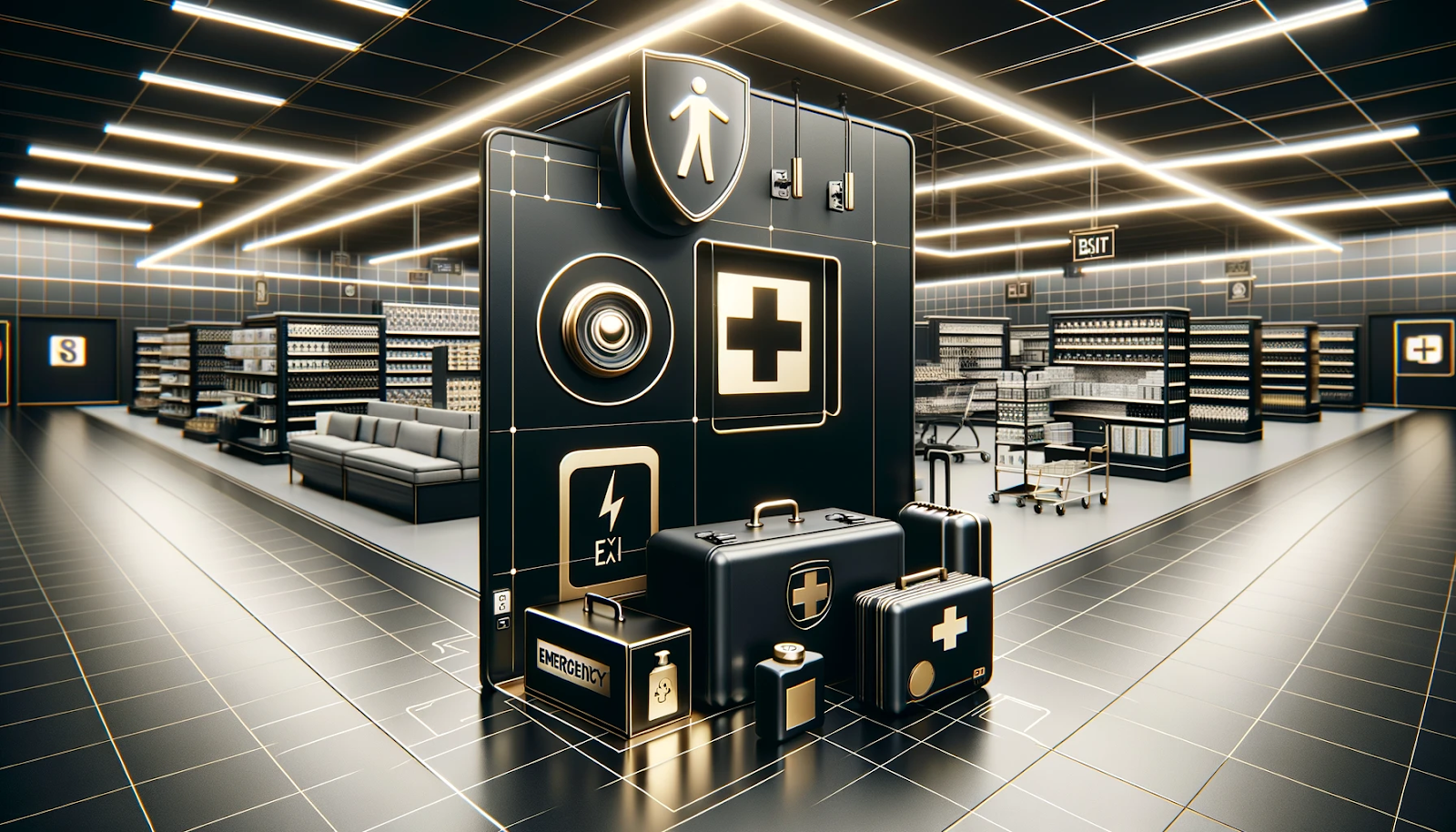Managing a retail property comes with its fair share of challenges, and emergency and crisis management is a top priority. Whether dealing with natural disasters, active shooter scenarios, or other emergencies, preparedness can make a significant difference. This post aims to provide property managers, chief security officers, and security company hiring managers with practical insights into preparing for and managing emergencies in retail settings.
Importance of Emergency Preparedness
Why Preparedness Matters
In retail environments, emergencies can escalate quickly, impacting employees, customers, and the business's bottom line. Proper preparedness helps to:
- Mitigate risks
- Ensure safety
- Minimize disruptions
- Preserve the company's reputation
Types of Emergencies
Natural Disasters
Natural disasters like hurricanes, earthquakes, and floods can occur with little warning. Retailers should have a comprehensive plan that includes:
- Evacuation routes
- Emergency supplies
- Communication strategies
Active Shooter Scenarios
Unfortunately, active shooter incidents are a growing concern. Preparation involves:
- Conducting regular drills
- Installing security systems
- Training staff on response protocols
Medical Emergencies
Medical emergencies such as heart attacks or severe injuries require immediate response. Key preparations include:
- First aid training for staff
- Availability of first aid kits and AEDs (Automated External Defibrillators)
- Clear communication channels for contacting emergency services
Developing an Emergency Plan
Key Components of an Emergency Plan
An effective emergency plan should cover the following:
- Risk Assessment: Identify potential hazards and vulnerabilities.
- Roles and Responsibilities: Assign specific tasks to employees during an emergency.
- Communication Plan: Ensure clear and efficient communication among staff and emergency responders.
- Evacuation Procedures: Establish and regularly update evacuation routes and procedures.
- Training and Drills: Regularly train employees and conduct drills to ensure readiness.
Table: Example of Emergency Plan Components
|
Component |
Description |
|
Risk Assessment |
Identify hazards like fire, flooding, and violence |
|
Roles and Responsibilities |
Assign tasks such as floor warden, first aid responder |
|
Communication Plan |
Establish communication protocols with staff and authorities |
|
Evacuation Procedures |
Map out clear evacuation routes and assembly points |
|
Training and Drills |
Schedule regular training sessions and drills |
Technology and Tools
Security Systems
Investing in robust security systems is crucial. This includes:
- Surveillance cameras
- Access control systems
- Alarm systems
Communication Tools
Effective communication during emergencies can save lives. Useful tools include:
- Two-way radios
- Mass notification systems
- Mobile apps for emergency alerts
Emergency Supplies
Having the right supplies on hand can make a big difference. Essential items include:
- First aid kits
- Flashlights
- Non-perishable food and water
Case Studies
Successful Emergency Management
Several retailers have successfully managed emergencies through preparedness:
- Example 1: A major retail chain successfully evacuated all customers and staff during a hurricane thanks to their detailed evacuation plan and regular drills.
- Example 2: A small retail store quickly contained a fire, minimizing damage and ensuring safety through their comprehensive emergency response plan.
Lessons Learned
From these cases, we learn the importance of:
- Regular training and drills
- Clear communication plans
- Having a well-stocked emergency supply kit
Frequently Asked Questions (FAQs)
How often should we conduct emergency drills?
Conducting emergency drills at least twice a year is recommended to ensure everyone is familiar with the procedures.
What should be included in an emergency supply kit?
Essential items include first aid supplies, flashlights, batteries, non-perishable food, water, and blankets.
How can technology aid in emergency management?
Technology can enhance communication, surveillance, and overall coordination during emergencies, improving response times and outcomes.
Preparing for and managing emergencies in retail settings requires a comprehensive approach that includes planning, training, and the right tools. By being proactive and ready, retail managers can protect their employees, customers, and businesses from the worst outcomes of unexpected crises. Stay prepared, stay safe.
.png)
.png)
.png)

.png)
.png)

.png)
.png)
.png)
.png)
